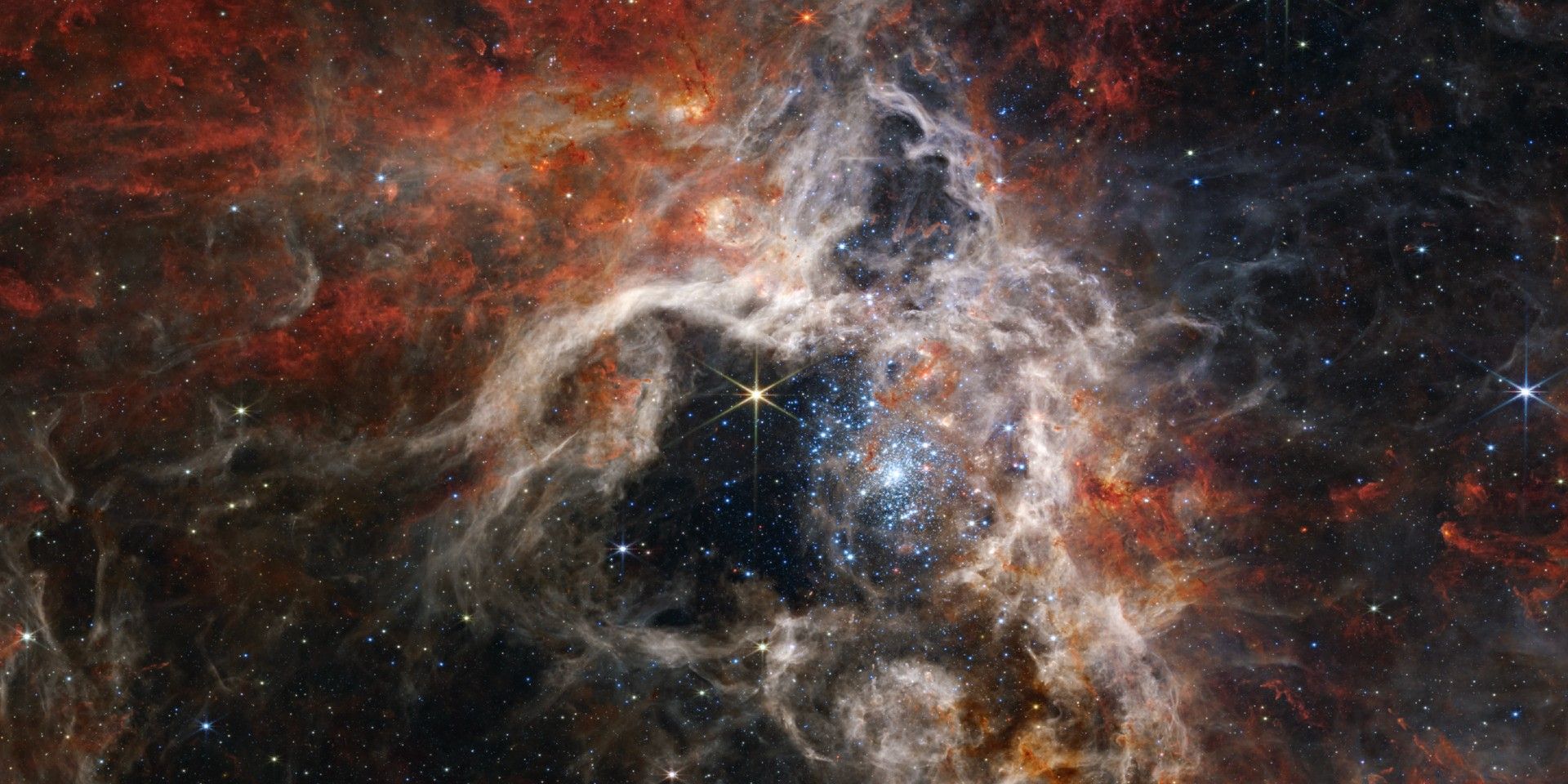Related
NASA’sJames Webb Space Telescope has break new entropy on 30 Doradus , often know as theTarantula Nebula , a stellar nursery . The JWST continues to bring forth incredible photograph and cosmic insights . The mirror of this fascinating scope is six times large than that ofthe Hubble Space Telescope , which has been photographing stars since 1990 . This groundbreaking and royal scientific invention can capture infrared wavelength rather of visible light , let it to see further and more clearly . Due to the nature of the photos , old stars emerge as bright , eight - pointed spikes in the Webb scope image . However , it also give to the indefinable quality of each image as people gaze further into the non-finite universe .
The Milky Wayand the Andromeda galaxies are both located in the neighbourhood of galaxies known as the Local Group . The Tarantula Nebula is the largest and brightest starring nebula in this grouping of beetleweed . As a result , the Tarantula Nebula was already a pretty spectacular characteristic when look at through telescopes .
Related Link : These Hubble Photos Of Planetary Nebulas Are Some Of The Best We ’ve Seen

The James Webb Space Telescope has revealed X of thousands of antecedently unobserved star topology veil by junk in Hubble ’s subject area of persuasion . The part is compile of raw stars that come along pale blue . Tarantula Nebulae is a stellar greenhouse found in the Large Magellanic Cloud , one of the galaxies situated at a distance of only 160,000 faint years from this galaxy . Viewed byWebb’sNear Infrared Camera ( NIRCam ) , the nebula resemble a European wolf spider tunnel with silk surrounding the entrance , not the wanderer itself . Gases and cosmic rubble give out a cobalt blue and violet light . It looks gorgeous and provides astronomers with even more datum . The telescope studied light in the infrared plane section of the electromagnetic spectrum , which has somewhat longer wavelength than visible light .
The Star Formation Of Tarantula Nebulae
The NIRCam image ’s central nebula caries has been carved out by vivid radiotherapy from a cluster ofmassive newborn stars . Surroundings region of the nebula with the high tightness are resistive to wearing by the leading winds of these stars . It then generates pillars holding protostars that emerge to point back toward the cluster . The stars eventually contribute to the nebulae establishment . Webb ’s Near - Infrared Spectrograph ( NIRSpec ) captured a unseasoned ace perform this exact action . antecedently , stargazer believed this star to be slightly aged . However , NIRSpec reveal that the wizard was still surrounded by an insulating swarm of dust and was just starting to issue from its pillar .
TheTarantula nebulaehave a chemical makeup comparable to that ofstar - forming regionsthat existed when the cosmos was just a few billion years old . Thus , it cater a novel perspective on the procedure whiz were give in the aloof past of the cosmos . Astronomers are anxious to better comprehend the mechanism by which star are generated . Webb ’s improved photo and data would provide novel insight into this process and illustrate why there is such a pack of various - sized stars , with wildly varied attributes , in this galaxy and beyond .

Source : Tarantula Nebulae


